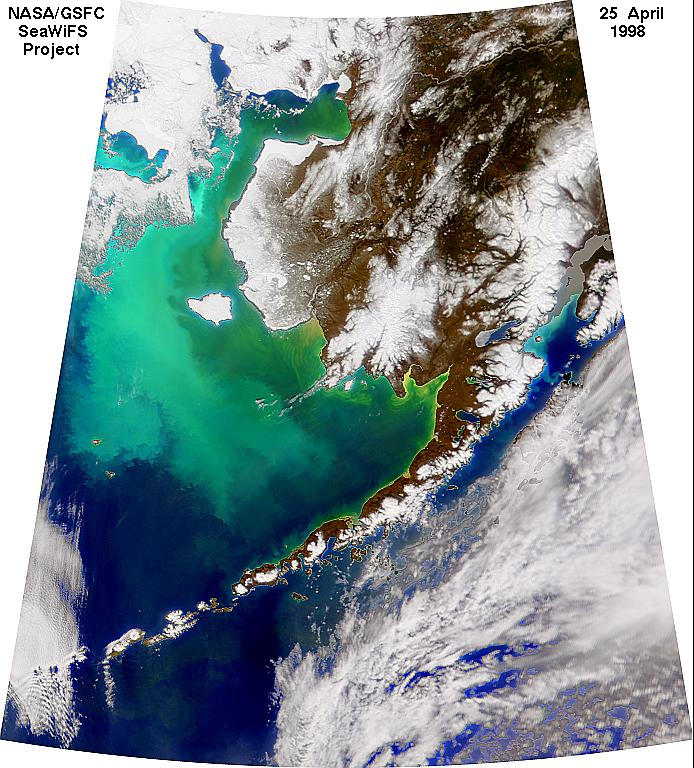
New measures were announced last week by Manitoba’s Conservation Minister Stan Struthers as part of an aggressive plan to reduce phosphorus that promotes growth of algae blooms that threaten the health of Lake Winnipeg.
“The Clean Environment Commission has sent a clear message that excessive phosphorus is enemy number one when it comes to restoring the health of Lake Winnipeg,” Struthers said. “New and more aggressive action is needed by all of us to ensure we can improve water quality.”
Struthers announced new actions will be taken to reduce phosphorus contributed from households, cottages, the city of Winnipeg and from farms including:
Action on septic systems: Proposed regulations would toughen up rules governing use of septic systems for waste-water management used by homeowners and cottagers. The proposals include a ban on septic fields in sensitive areas, a ban on new sewage ejectors and a phase-out of existing ejectors. The province is extending consultations with the Association of Manitoba Municipalities until May 8 to allow for a full examination of the proposed changes.
Action on synthetic fertilizers: Rules restricting the use of synthetic fertilizers containing phosphorus are now in effect. These restrictions apply to homeowners who apply fertilizers on their lawns, golf-course owners and farmers. Brochures and posters informing Manitobans of these new requirements are now available and have also been sent to 180 retailers and golf courses.
Action on manure application: A proposed regulation to ban winter spreading of manure on Manitoba farms by 2013 has been posted for consultation. In addition, all new pig producers will be required to register manure management plans with the province. These actions were recommended by the CEC in 2008. In addition, the province is acting on a 2007 recommendation of the auditor general to enforce a minimum storage capacity for manure storage of 250 days for concrete and steel storage facilities and 400 days for earthen facilities, and a maximum storage capacity of 500 days to prevent the unauthorized expansion of hog operations.
Action for the City of Winnipeg: The City of Winnipeg will be required to meet its licensing requirements for nutrient removal at its wastewater treatment facilities as recommended by the CEC. Manitoba is committed to provide a one-third investment to ensure these requirements are met.









